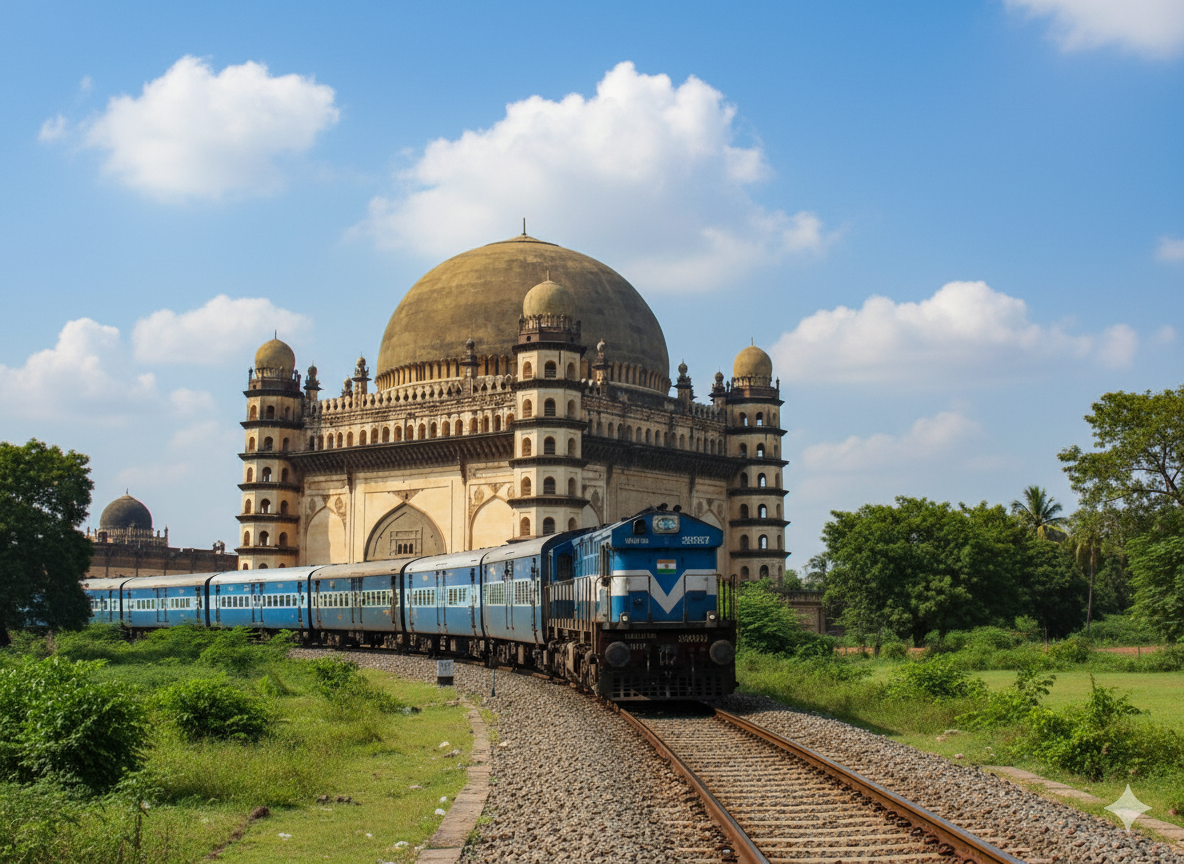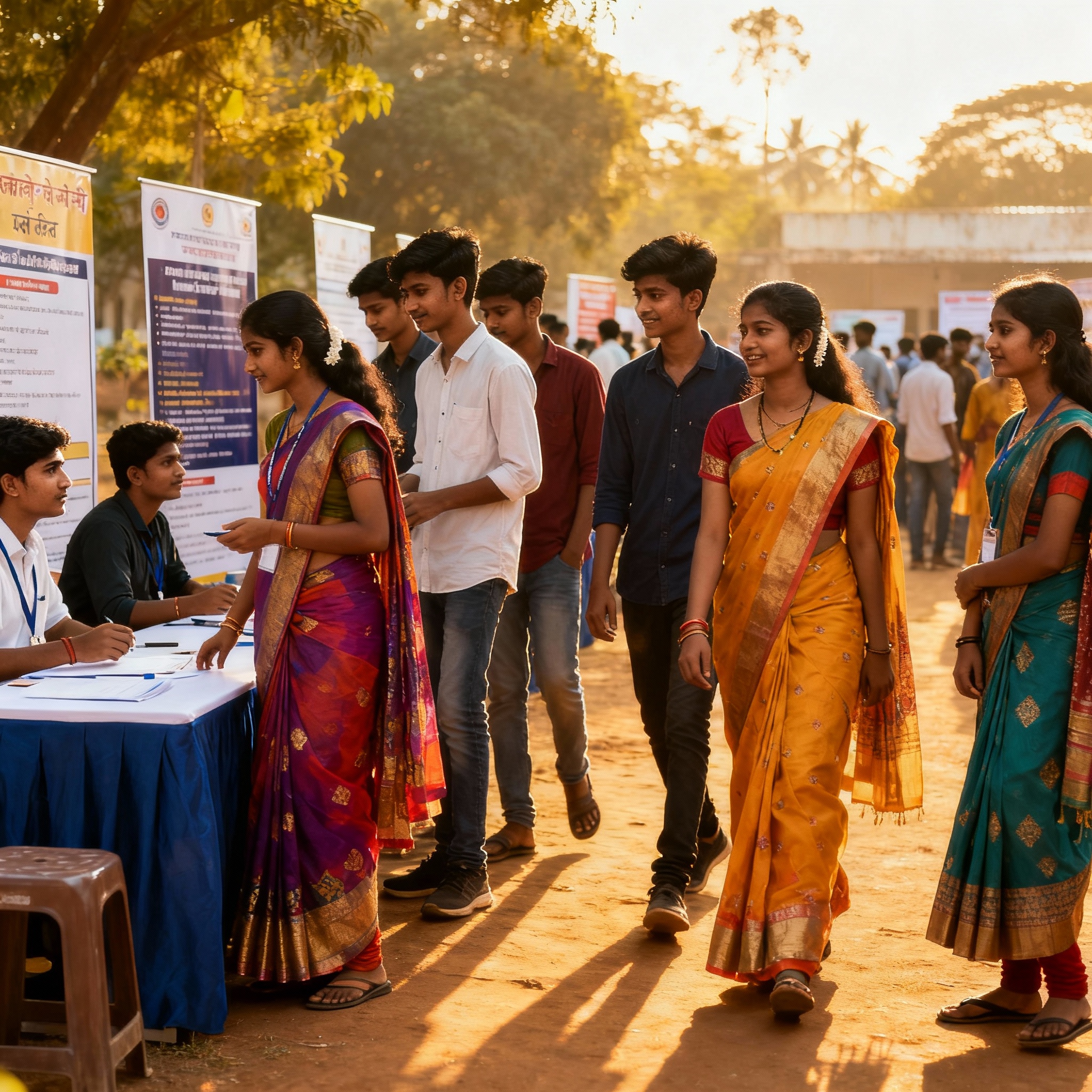Tourism-Linked Businesses: Vijayapura’s Heritage as Economic Driver

Vijayapura, formerly known as Bijapur, is a historic city in North Karnataka renowned for its spectacular monuments from the Adil Shahi dynasty. The city’s architectural treasures—including Gol Gumbaz, Ibrahim Rauza, and Bara Kaman—have become powerful economic engines, driving tourism-linked businesses and supporting thousands of livelihoods across the region.
The Economic Impact of Heritage Tourism
According to the Archaeological Survey of India (ASI), Gol Gumbaz alone attracts approximately 1.5 to 2 lakh visitors annually, making it one of Karnataka’s most visited historical monuments. Karnataka Tourism Department data indicates that Vijayapura’s heritage sites collectively draw over 3 lakh domestic and international tourists each year, generating significant economic activity for local businesses.
The tourism ecosystem supports diverse business sectors. Hotels and guesthouses have proliferated across the city, ranging from budget accommodations near the railway station to mid-range establishments around the monument circuit. Local hospitality businesses report peak occupancy during winter months (October to February), when tourist footfall increases substantially.
Licensed tourist guides form another crucial component of this economy. These professionals, many of whom have obtained certification through Karnataka Tourism programs, earn between ₹500 to ₹1,500 per tour depending on group size and language requirements. During peak season, experienced guides can conduct multiple tours daily, generating substantial income.
Transportation and Vendor Networks
The transportation sector has expanded considerably to meet tourist demand. Auto-rickshaw drivers, taxi operators, and bus services specializing in monument circuits have become integral to the local economy. Many auto-rickshaw drivers report that tourist routes constitute 40-50% of their daily earnings during peak season.
Vendors selling local handicrafts, traditional jewelry, and souvenirs cluster around major monuments. Artisans specializing in Bidriware—a traditional metal handicraft from the region—have found consistent markets among tourists seeking authentic local crafts. The Deccan Herald reports that artisan communities have experienced renewed interest in traditional crafts due to sustained tourist demand.
Opportunities and Challenges
The Karnataka Tourism Department’s initiatives to promote Vijayapura as part of heritage circuits have opened new opportunities. Digital marketing campaigns and improved infrastructure have increased visibility, benefiting local entrepreneurs who offer heritage walks, photography tours, and cultural experiences.
However, challenges persist. Seasonal fluctuations create income instability for tourism-dependent businesses. The summer months (March to May) see significant drops in visitor numbers due to high temperatures. Additionally, infrastructure gaps—including limited public transportation options and inadequate signage—can affect visitor experience and repeat tourism.
Local business associations, including the Vijayapura Chamber of Commerce, have advocated for extended monument visiting hours, improved lighting for evening visits, and better maintenance of surrounding areas to enhance tourist appeal. These improvements could potentially extend the tourism season and increase economic benefits.
Sustainable Growth and Future Prospects
The Hindu newspaper has highlighted efforts by local authorities and business communities to develop sustainable tourism practices that preserve heritage sites while maximizing economic benefits. Training programs for hospitality workers, guide certification courses, and quality standards for accommodations are gradually professionalizing the sector.
Vijayapura’s heritage tourism demonstrates how historical preservation can drive contemporary economic development. As infrastructure improves and marketing efforts expand, the city’s tourism-linked businesses are positioned for growth, provided that development remains sustainable and benefits are distributed equitably across communities.
For Vijayapura’s economy, the message is clear: the city’s medieval monuments are not just historical treasures but living economic assets that support diverse livelihoods and offer pathways for inclusive growth in North Karnataka.



